
Boosting ursodeoxycholic acid (UDCA) levels through dietary supplementation was shown to control tumor growth in mice with liver cancer.

Boosting ursodeoxycholic acid (UDCA) levels through dietary supplementation was shown to control tumor growth in mice with liver cancer.
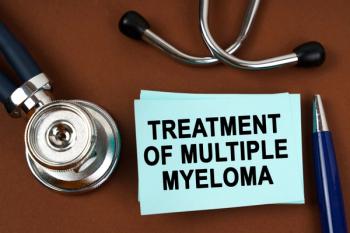
Managing bispecific antibodies requires collaboration and meticulous protocols.

Tucatinib is an oral HER2-targeting tyrosine kinase inhibitor that was approved by the FDA in 2020.
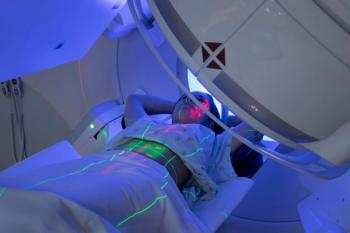
Presence of comorbidities in older patients with breast cancer complicates treatment decisions.

Rates of invasive breast cancer or death were 50% lower with adjuvant trastuzumab emtansine compared with trastuzumab alone.

Endocrine-immune-based therapies yielded favorable objective response rates but had limited impact on pathological complete response.

These data suggest the potential efficacy of immune checkpoint inhibitors with anthracycline-based chemotherapy.

The FDA is modernizing its approach to drug development and optimization.

Memantine/donepezil and everolimus are used to treat dementia of the Alzheimer type and tuberous sclerosis complex-associated subependymal giant cell astrocytoma, respectively.

Stem cell transplantation rates increased the longer patients remained on therapy for myelofibrosis.
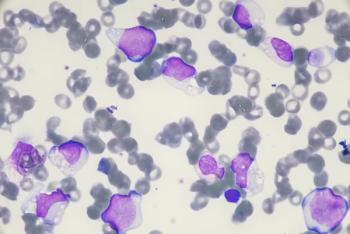
The FDA approved treosulfan, in combination with fludarabine, for patients 1 year of age and older with acute myeloid leukemia (AML) or myelodysplastic syndrome (MDS).

Vusolimogene oderparepvec in combination with nivolumab is being assessed to treat individuals with unresectable or metastatic stage IIIb-IV cutaneous melanoma.

A panel of experts discuss treatment of HR+, HER2– breast cancer with therapies such as ribociclib, alpelisib, everolimus, and elacestrant.

Black and Native American patients were about 2 to 3 times more likely to die of cancer compared with White patients, and women younger than 50 years were affected more than male patients.
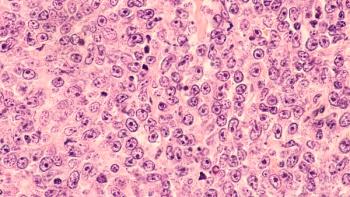
A phase 2 trial investigates MRD detection and therapy advancements.

At the start of 2025, 590 drug prices changed, with only 7 drugs seeing decreases in wholesale acquisition costs (WAC).

KN026 is a humanized bispecific antibody that targets and binds to HER2 proteins on the surface of cancer cells.
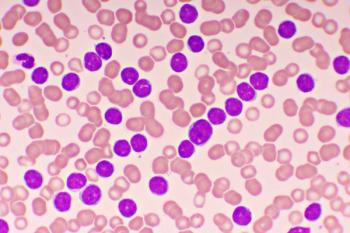
Investigators assessed fixed-duration venetoclax plus acalabrutinib with or without obinutuzumab vs chemoimmunotherapy.

The closure of Baxter’s North Cove facility has significantly impacted existing IV fluid shortages into 2025.

Experts presented results that may transform treatment and clinical practice strategies.

Presentations detail clinical trial results and drugs in the pipeline.

Palbociclib is an oral CDK4/6 inhibitor that was approved by the FDA in 2017.

The report from the Office of Inspector General highlights inconsistencies, lack of transparency, and the need for stronger safeguards.

Compared with chemotherapy, Dato-DXd demonstrates favorable median progression-free survival and overall survival in a phase 3 clinical trial.

The FDA proposes to cap the nicotine level at 0.7 mg per gram of tobacco in cigarettes and certain other combusted tobacco products.

The authors note that future research will observe personality changes when psilocybin is used in patients with opioid-use disorder.

These drugs are set to revolutionize their respective disease states in 2025.

Data from the CodeBreaK 300 trial supported the FDA's approval.

Acalabrutinib with bendamustine and rituximab shows efficacy in patients with untreated mantel cell lymphoma by increasing progression-free survival in the ECHO trial.

As per the Inflation Reduction Act, the negotiations with the drug companies of the 15 drugs will occur in 2025, with the negotiated prices going into effect in 2027.